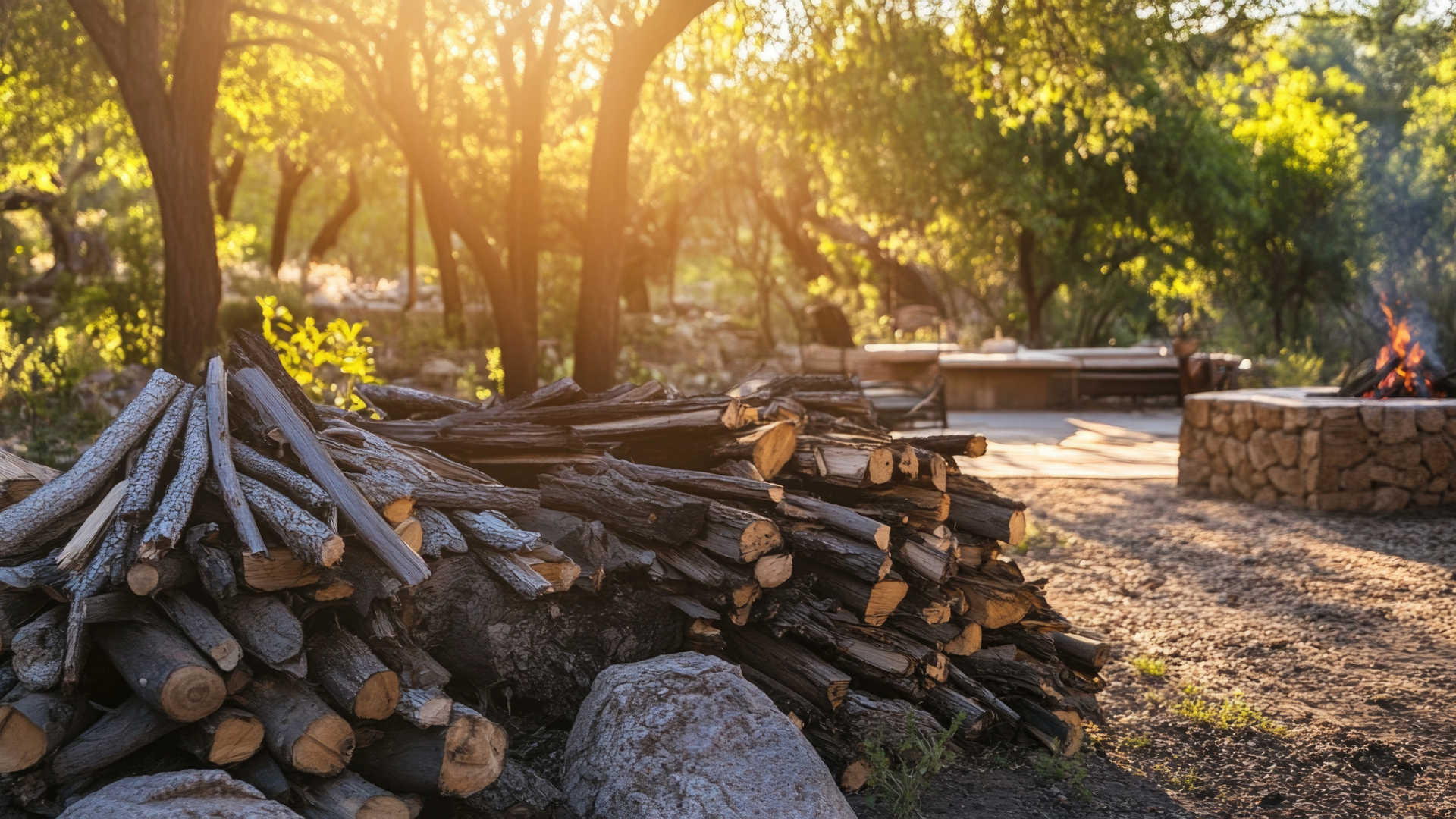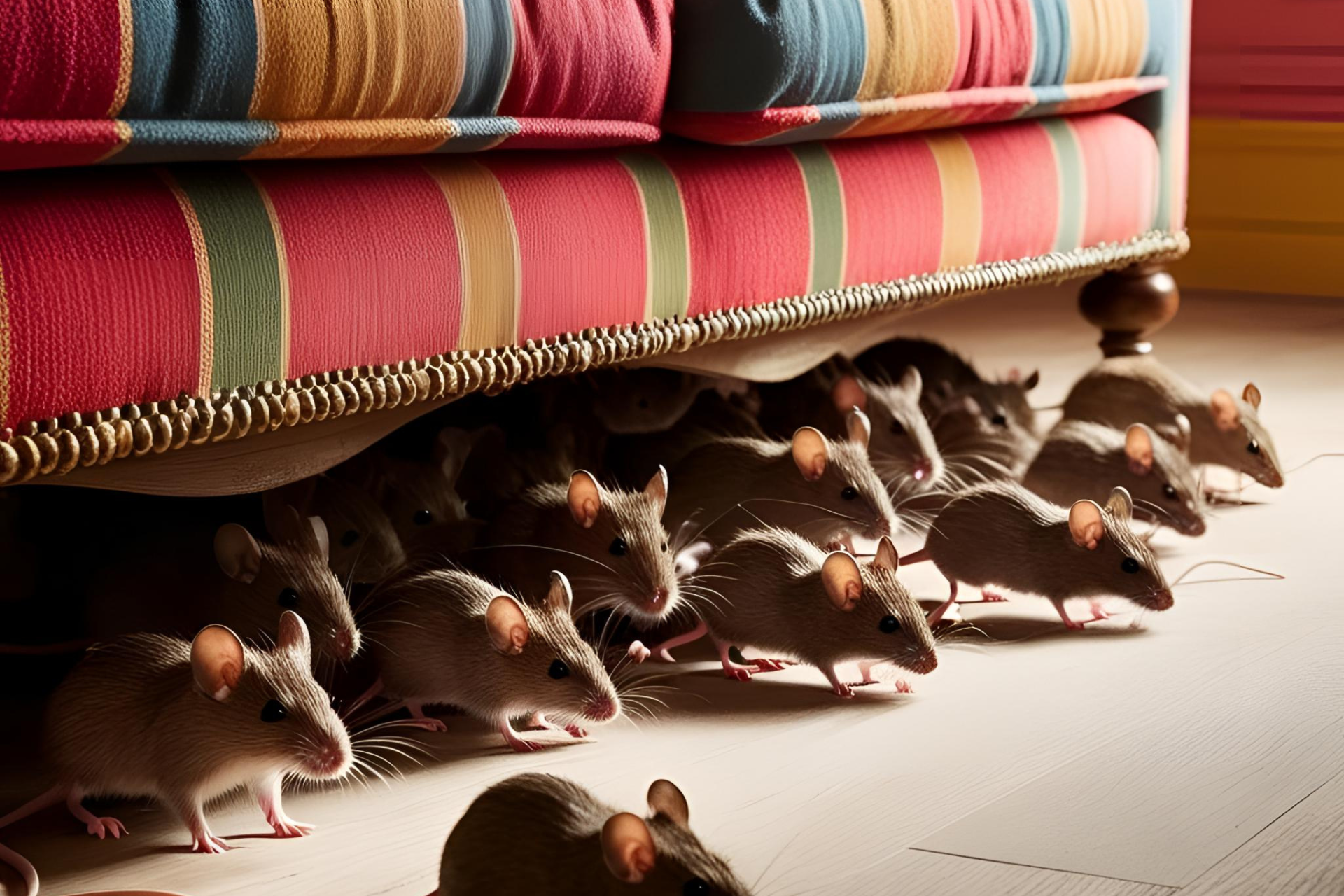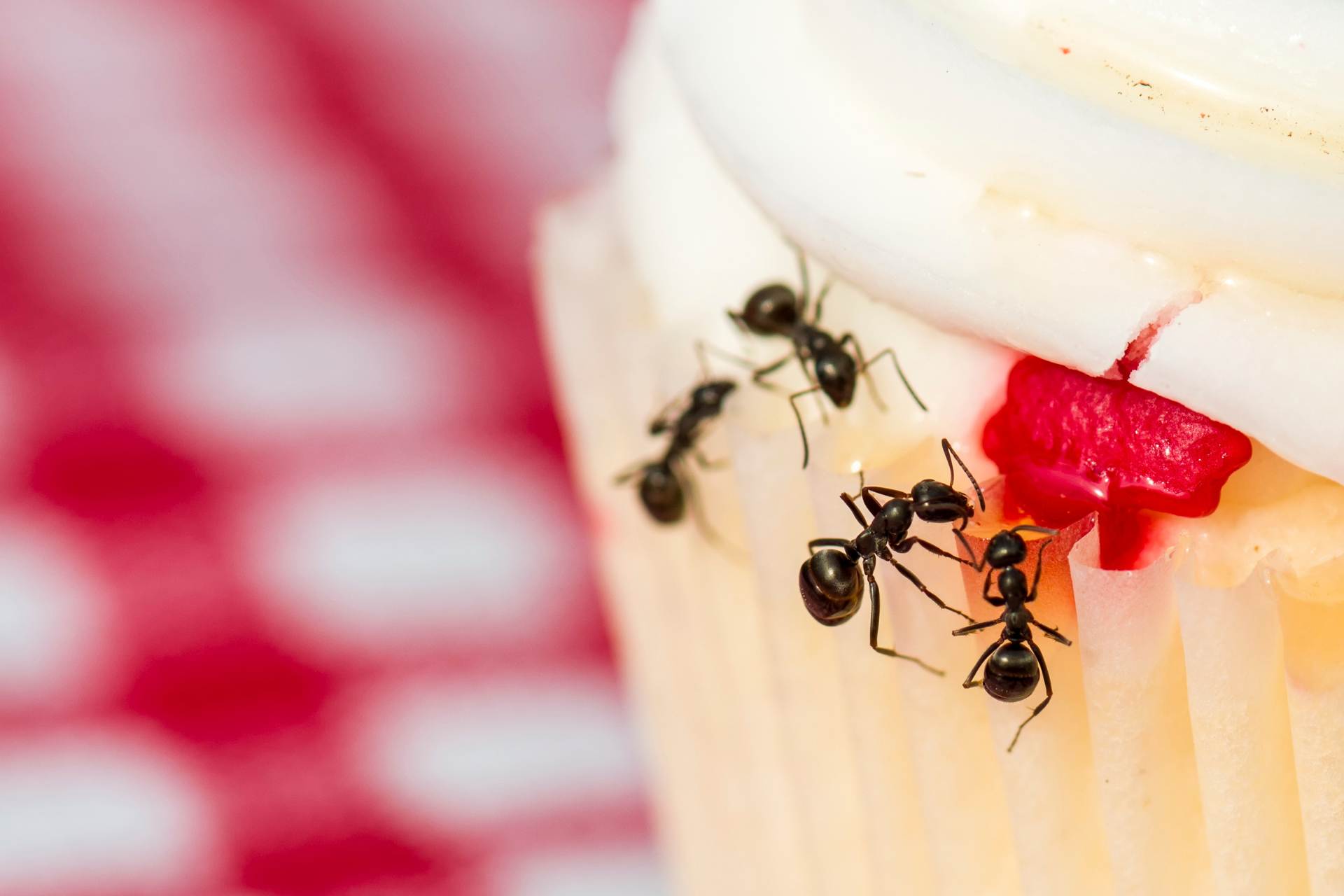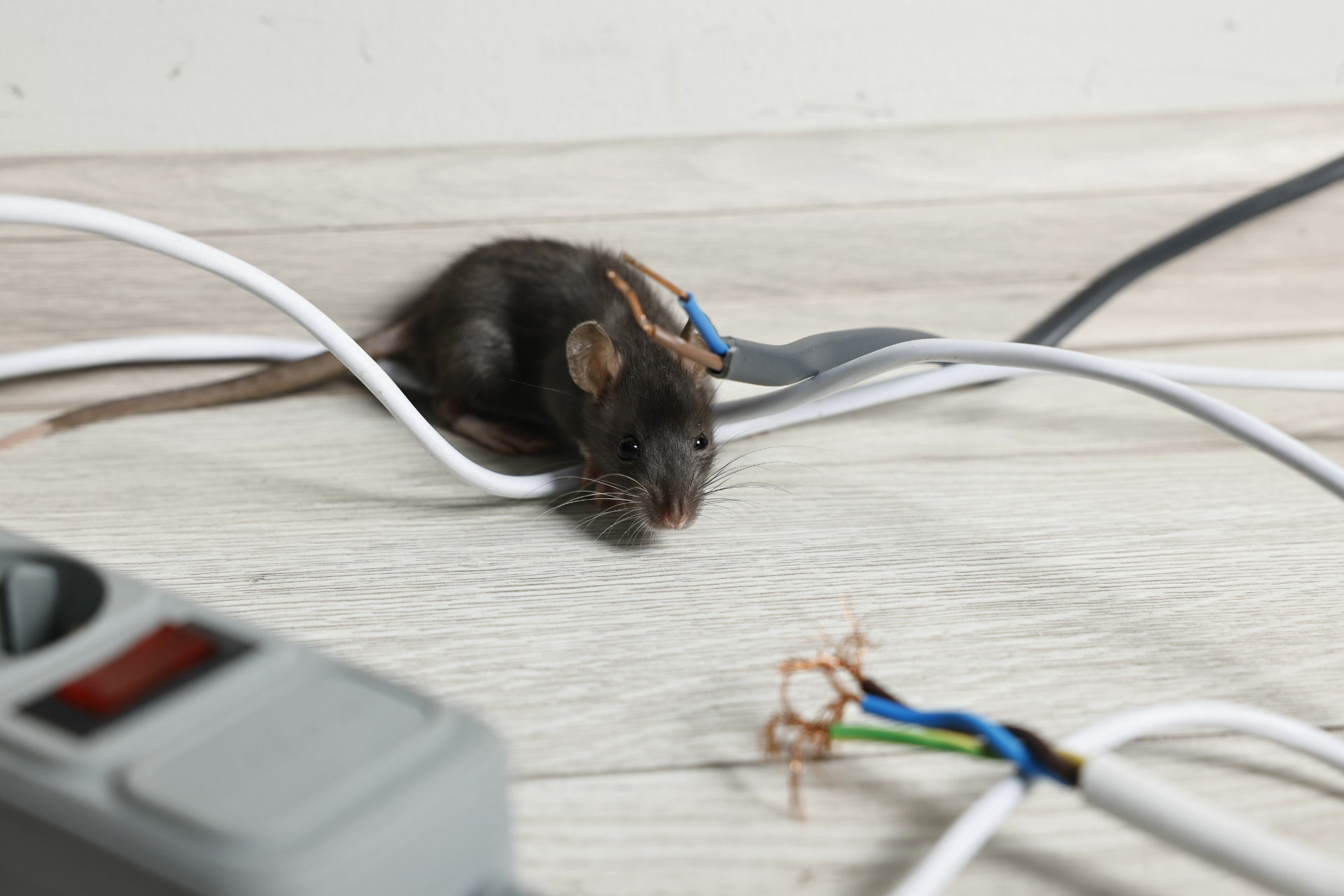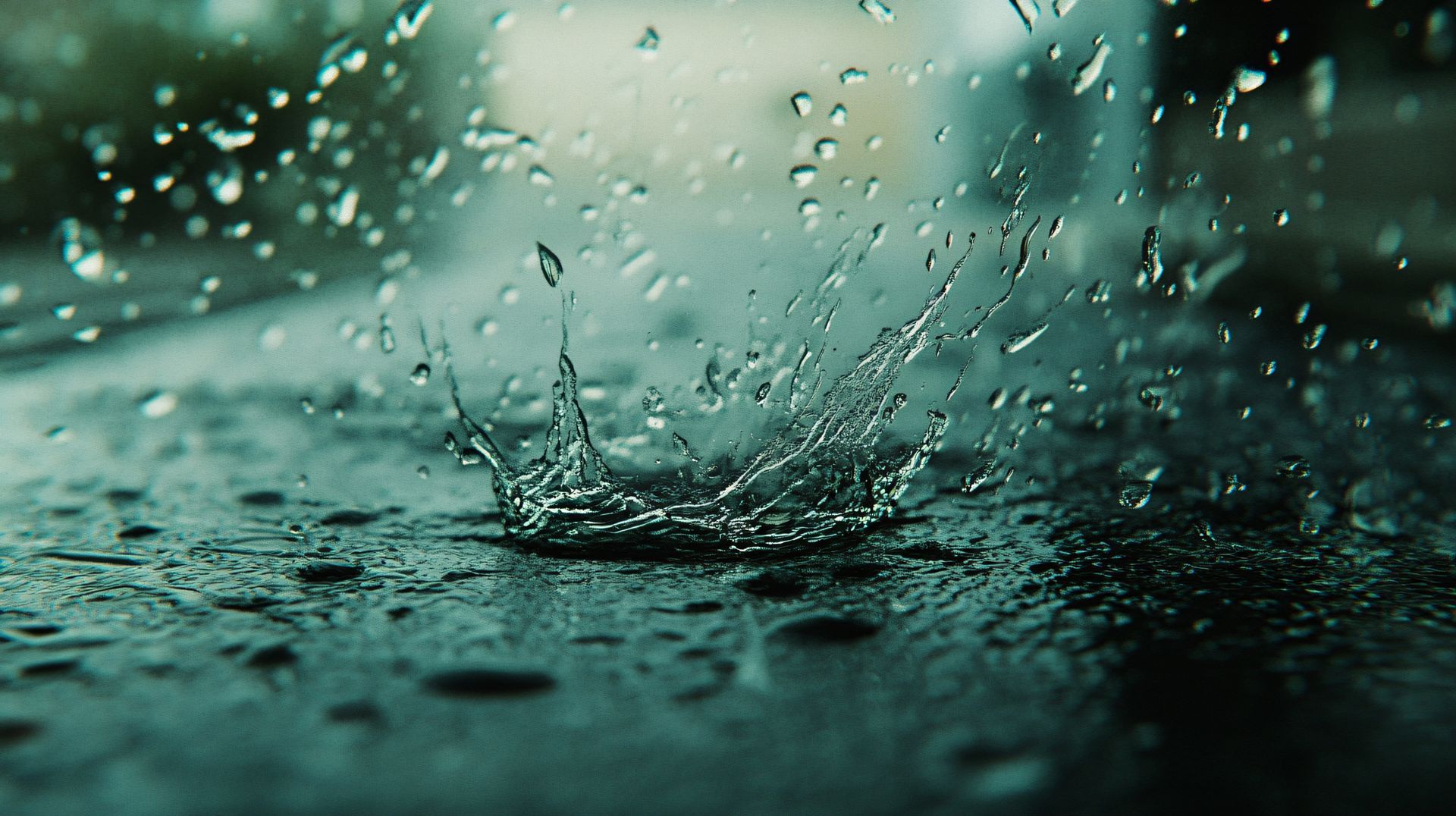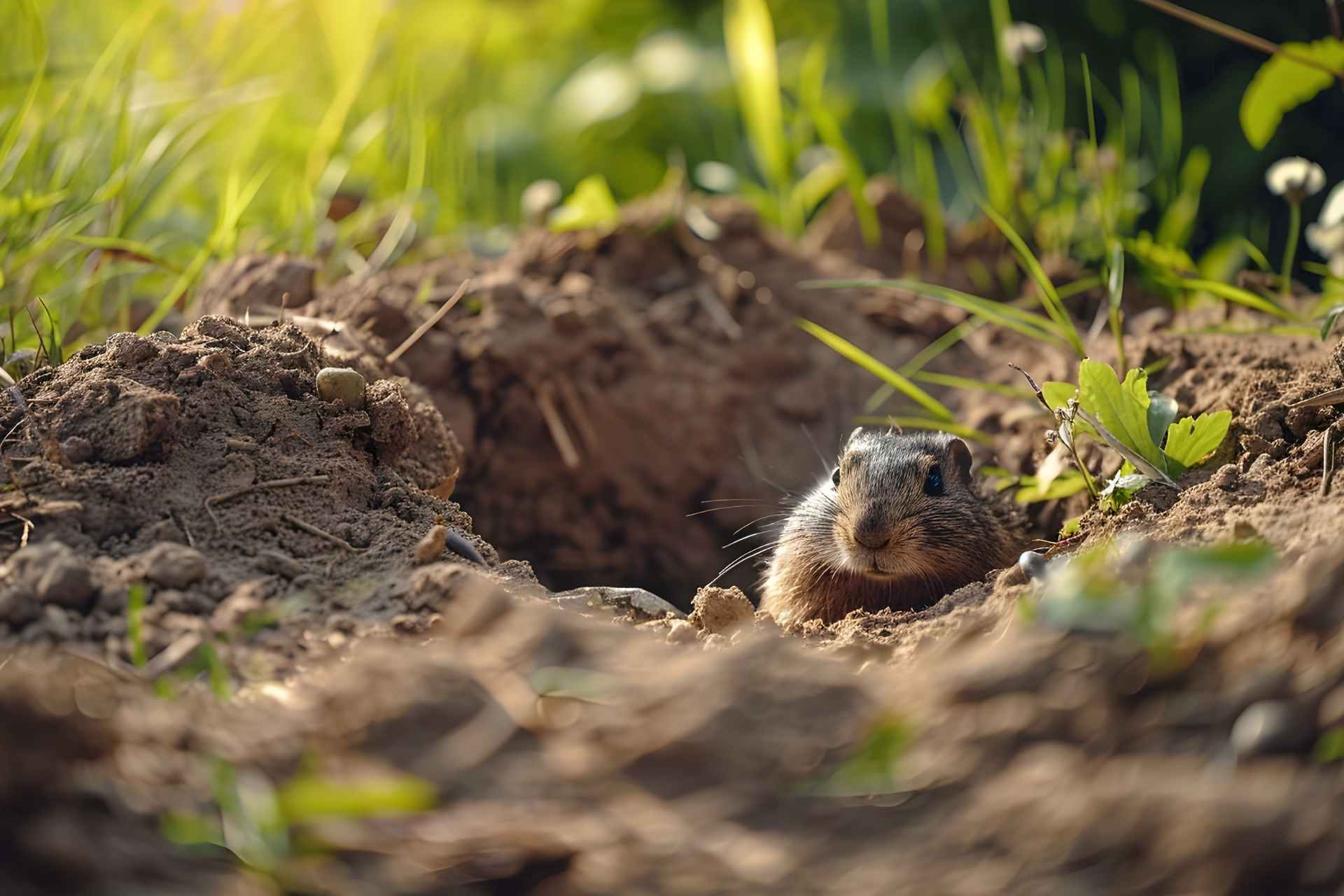Outdoor Conditions That Attract Pests
When grass grows beyond its usual height, the yard develops a different personality. Taller growth creates a cool layer at the soil line where insects gather, rest, and reproduce. That coolness lingers even during warm afternoons because the long blades block direct sunlight and hold moisture close to the ground. As that moisture collects, it forms a band of damp soil that insects instinctively follow. Over days and weeks, those shaded corridors turn into comfortable passageways that lead straight toward a home’s exterior.
The uneven texture of an overgrown lawn makes things even easier for pests. Patches that grow thicker than the surrounding grass produce natural pockets that help bugs stay hidden from predators and harsh weather. Those pockets remain cooler than open turf and trap humidity for long periods of time. As a result, insects become accustomed to moving through these sheltered lanes. When these grassy pockets extend toward the foundation, pests end up only inches away from entry points like cracks, weep holes, or gaps around pipes.
An overgrown yard also changes how water behaves. Rainfall that would normally evaporate or soak evenly into the soil now lingers in thicker grass. The water stays trapped for longer stretches, especially near the base of fences and along the back edges of garden beds. That lingering dampness creates temporary wetlands that insects use as breeding stations. Over time, those small wet patches turn into dependable gathering places that attract more species than homeowners often expect.
Dense Shrubs, Clutter, And Natural Shelters
Shrubs that grow without occasional trimming become dense tangles of branches, and those tangles form hidden pockets within the foliage. Inside these pockets, humidity builds, leaves accumulate, and organic bits of material settle into soft layers. This combination makes a perfect habitat for many species that prefer a sheltered environment. When those shrubs sit close to exterior walls, the leap from plant to structure becomes a short trip that many insects attempt.
Clutter scattered around a yard adds more choices for wandering pests. Old flower pots, gardening supplies, unused boards, and other objects all hold small pools of moisture underneath them. Even a simple plastic bin left upside down in the corner of the yard traps enough dampness to draw in several types of insects. As these items sit untouched, small ecosystems develop beneath them. Bugs use those still, shaded areas to hide during hot parts of the day and to navigate across the yard with very little exposure.
Leaf piles present another attractive shelter. When leaves remain in the same spot week after week, they begin to break down. That breakdown process produces a gentle warmth that carries into the soil. Many insects react strongly to that warmth and settle in quickly. The decaying leaves also trap rainfall, which keeps the ground beneath them damp for extended periods. The longer the pile remains undisturbed, the more diverse the population of insects becomes.
Wood stacks also contribute to the problem. The spaces between the pieces of wood form tight channels where moisture lingers and warmth builds. Eventually, those gaps resemble the natural cavities that insects seek in fallen logs or rotting stumps. When the stack rests against or near the side of a house, the conditions practically guide pests to investigate the nearest vertical surface. That investigation often leads to the discovery of cracks or crevices that present appealing entry points.
Standing Water And Moist Perimeter Zones
Standing water is one of the strongest attractants for pests. A single puddle that lingers after a heavy rain becomes a meeting spot for various species. Mosquitoes use still water as a foundation for their reproductive cycle, but many crawling insects use the softened ground around the edges as well. When that water collects in shaded areas or depressions in an unmaintained lawn, it remains longer than it would in a neat and trimmed yard.
Moisture that accumulates around the perimeter of a home is another concern. Mulch beds, when left thick and unturned, act like sponges that soak up rainfall and sprinkler runoff. They hold that moisture close to exterior walls, creating a narrow zone of damp soil that appeals to ants, termites, sow bugs, and numerous other insects. As that damp zone becomes consistent, pests treat it as a steady walkway that leads them directly toward siding, foundational cracks, and utility gaps.
Climbing plants or vines that grow unchecked along the exterior can worsen the issue. Their leaves and stems trap moisture behind them and shade the wall surface, creating a cool strip that insects explore. After awhile, these vines offer both shelter and a literal bridge that pests use to reach windowsills, rooflines, or attic vents. Even when vines look thin from a distance, the hidden spaces behind them create an environment that pests find appealing.
Shaded Zones, Fence Lines, And The Move Toward The Home
A yard that contains extended shaded zones becomes a hotspot for insects that prefer cooler surroundings. These zones often form under large trees, behind sheds, and along the edges of property lines where sunlight struggles to reach. Soil in these areas stays damp and cool, which encourages insects to settle in. Once settled, pests frequently expand their territory outward, exploring nearby objects and structures.
Fence lines add another dimension to the problem. Grass and weeds tend to grow thicker along fences because mowing equipment has a harder time reaching those strips. As the growth thickens, it creates a continuous band that pests use as a highway around the property. When storage items like unused pots or old patio supplies sit near the fence, they reinforce the sense of shelter, creating more pockets for bugs to hide in.
An overgrown yard encourages pests by offering shelter, moisture, warmth, and concealed routes that bring them closer to the home. Thick vegetation, dense shrubs, lingering puddles, shaded pockets, and cluttered corners work together to create an environment that insects treat as an ideal habitat. Managing these outdoor features reduces their appeal and breaks the chain of conditions that guide pests toward the structure. For property owners looking for support with these issues, 101 Gopher And Pest Control can provide a thorough inspection and tailored solutions.
Contact us today to schedule service and protect the comfort of your home.



